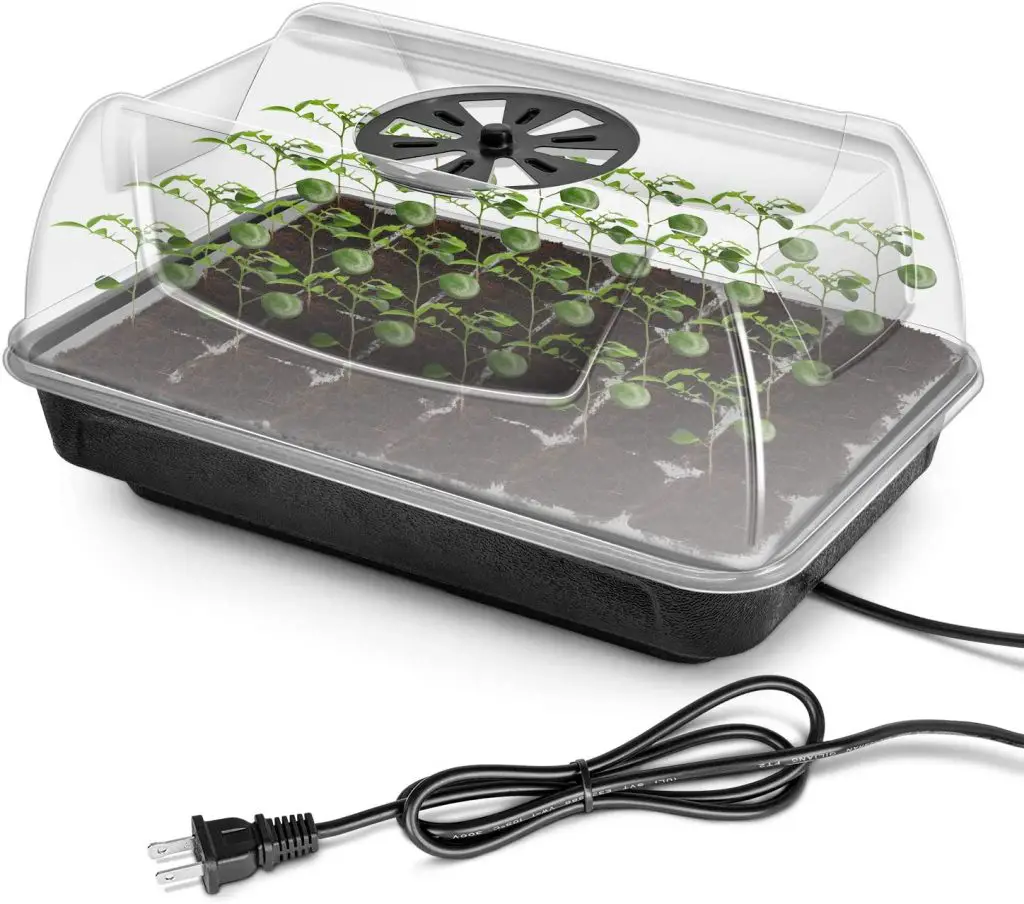How Long Does It Take Parsley Seeds To Germinate? How Does Temperature Effect It? Parsley is one of the most commonly grown herbs in the world it is widely in many dishes and is also frequently used as a garnish however if you’re growing it at home one of the most common question asked is how long do parsley seedlings take to germinate?
Parsley will take approximately 12 to 14 days to germinate at temperatures of 68°F to 86°F (20 to 30°C) according to a study published by the University of California. However, below 59°F (15°C) the rate of germination reduces significantly. A table showing the speed of germination is provided below for reference.
| Days To Germinate | Temperature (°F) | Temperature (°C) |
| 29.0 | 50 | 10 |
| 17.0 | 59 | 15 |
| 14.0 | 68 | 20 |
| 13.0 | 77 | 25 |
| 12.3 | 86 | 30 |
Parsley is one of those plants that is notoriously difficult to germinate for several reasons, one of which is that the plants are generally slower to germinate than other vegetables and herbs. One of the problems that this creates when sowing outdoors due to the extended period of germination, is it is difficult to keep the seeds moist throughout that period particularly as the weather starts to warm up.
This is largely because parsley seeds are relatively fine and therefore need to be grown fairly close to the surface, typically in shallow furrows which means that the soil around the seeds can easily try out which can affect the rate of germination. This is a common feature in this family of plants which also includes carrots and parsnips.
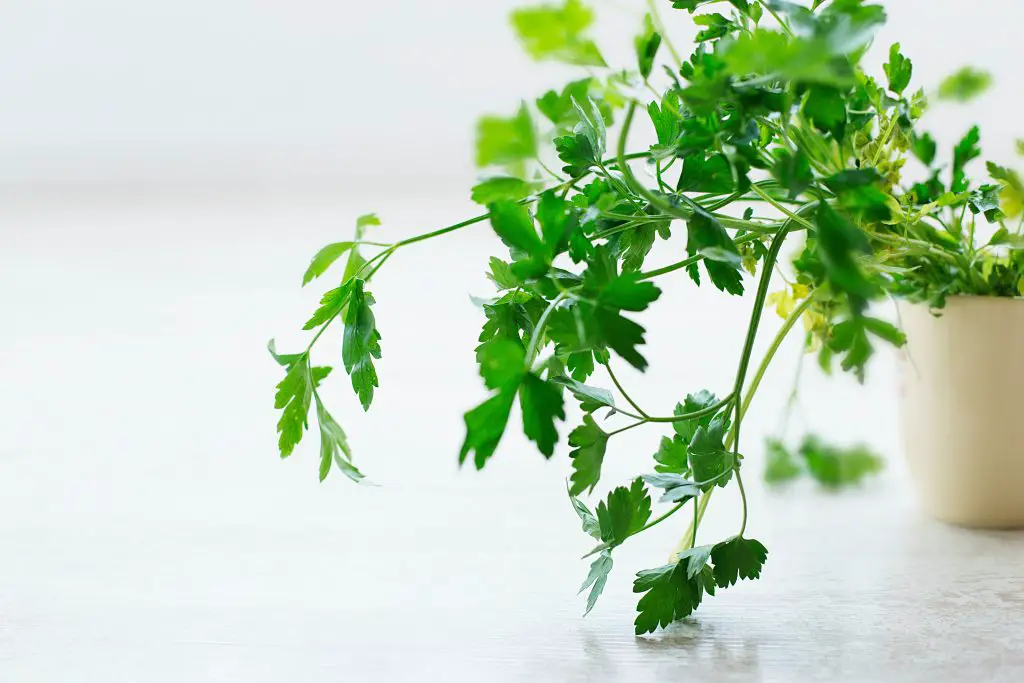
How To Grow Parsley
There are a couple of solutions that are commonly used to try and get the seeds to germinate which generally are quite successful in most cases. The first approach is simply to use a seed tray and keep it indoors. To ensure that there is constant moisture I tend to place the seed tray in another shallow tray of water throughout the germination period.
To start the parsley off in a seed tray start by filling it with a good quality seed raising mix and ensure that the soil is firmed into the cells to create solid plugs. The benefit of doing this is that it will ensure that seedlings can be transplanted easily without disturbing the roots significantly.
Once the soil is in place the next step is to plant the seeds at a depth of approximately a quarter of an inch. Typically, I recommend putting in 3 or 4 seeds per cell as this will ensure that you get at least 1 or two plants coming up in every cell. The seed trays should then be placed in a relatively warm location inside your home if you are planting in the early part of the season.
If you want to maximize the rate of growth of the seedlings we recommend that you use a heated propagation tray if you live in a region that is relatively cold as this will ensure that the temperature is maintained at around 68°F (20°C) which is ideal for growing the seedlings.
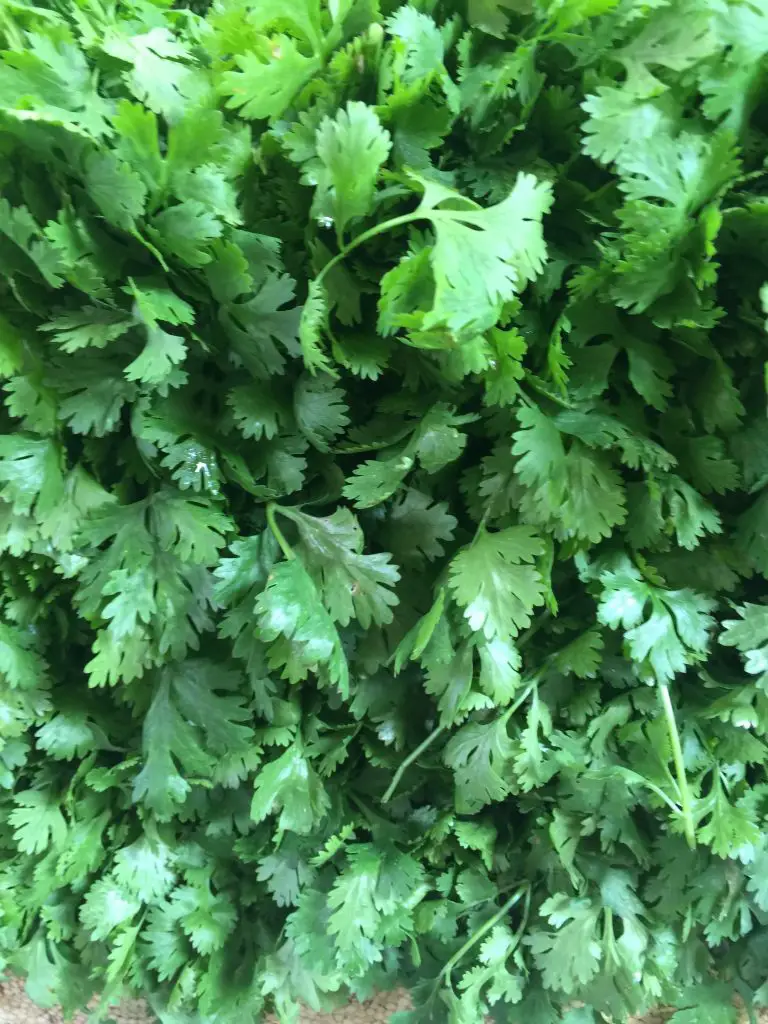
If you are considering purchasing a heated seed tray we would recommend that you select one that has a removable seed tray as that is a component that deteriorates first in the unit so being able to replace it will extend its life significantly.
The other key component to look for is a humidity dome as that also aids in maintaining a warm humid environment around the seedlings to encourage growth. To see the latest price on Amazon click on the link below.
Alternative Methods To Germinate Parsley Seedlings
The other alternative that is also used for germinating parsley seeds is to germinate them on a damp paper towel. To do this start by wetting the paper towel and then ringing it out which will create a towel that is damp but not sodden. Place the towel in the bottom of a plastic container with the lid and then sprinkle the seeds across the surface of the towel and then seal the container.
Leave the container in a warm location indoors and check it regularly until you see the first signs of the seeds beginning to germinate which will typically be around 10 days to 2 weeks. Once they have germinated the seeds can be transferred carefully into the soil to be grown on.
It is important to remove the seeds relatively quickly once they sprout otherwise the roots will grow through the paper towel making it difficult to transfer them into a seed tray.
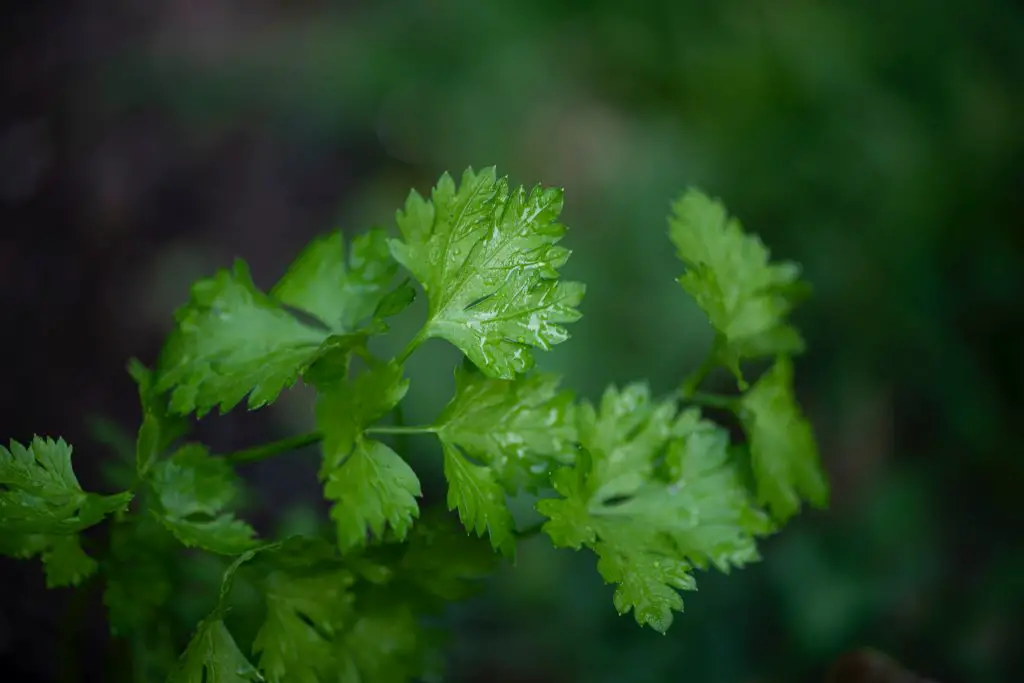
Transplanting Parsley Seedlings Into The Garden
Parsley seedlings are generally slow-growing plants initially and typically need to spend around 8 weeks in the seed tray before they will be ready to transplant into the garden. Once the seedlings are large enough they can be planted in a location that is either full sun or part shade as the plant can tolerate both conditions relatively easily.
However, if you live in a location that has relatively hot summers is it advisable to at least plant some of the parsley in shady locations to ensure that you can get good quality leaves year-round.
In terms of soil conditions parsley ideally prefers soil that is rich moist and free draining and has plenty of nitrogen in the soil. If you are unsure about the quality of your soil is advisable to add a bag of compost to improve the nutrient level.
As parsley is essentially a leafy green it is also a good idea to protect the young seedlings from slugs and snails as they can be susceptible. This can be done by sprinkling snail pellets around the seedlings.
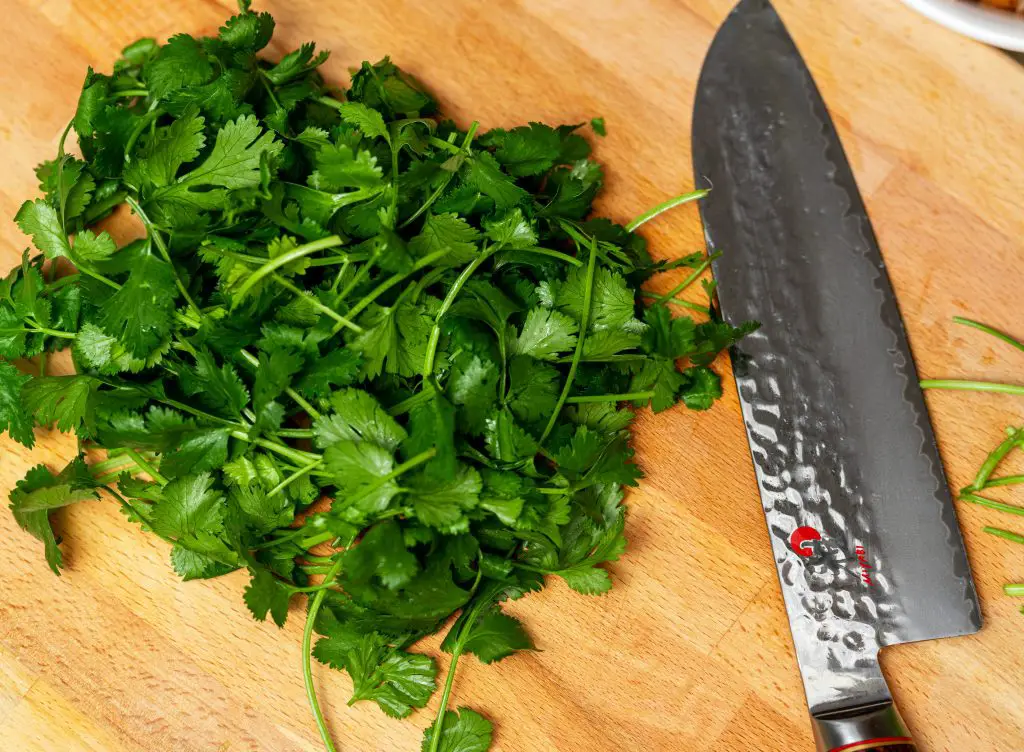
Caring For Parsley Seedlings
Parsley seedlings are an extremely hardy plant that can tolerate temperatures around 0°F (-18°C) however at these levels of temperature it is a good idea to provide some protection to the plant. The main job to look after parsley is to make sure it has sufficient water and it is a good idea also to regularly inspect the plant and remove any dead or dying leaves as they can be a source of disease.
Leaves can be harvested once the plant reaches a reasonable size however when you harvest the leaves it is important to leave at least some of them on the plant to allow the plant to continue to photosynthesize which will ensure that it recovers from each harvest quickly.
As parsley is a biennial it will typically have one growing season with leaves being produced before going to seed the following season. As a result of this, it is important to plant parsley seeds every year or alternatively simply allow the plants that you have to flower and produce seed as they will likely re-seed in the same location the following year.
I hope you have great success growing your parsley at home, if you have any additional comments or questions please leave them in the section below.
Relevant Articles
Why Won’t My Parsley Seeds Germinate?
Is Parsley And Celery The Same?
Can You Plant Coriander Seeds From The Grocery Store?
12 Tips To Boost Your Garden Output

